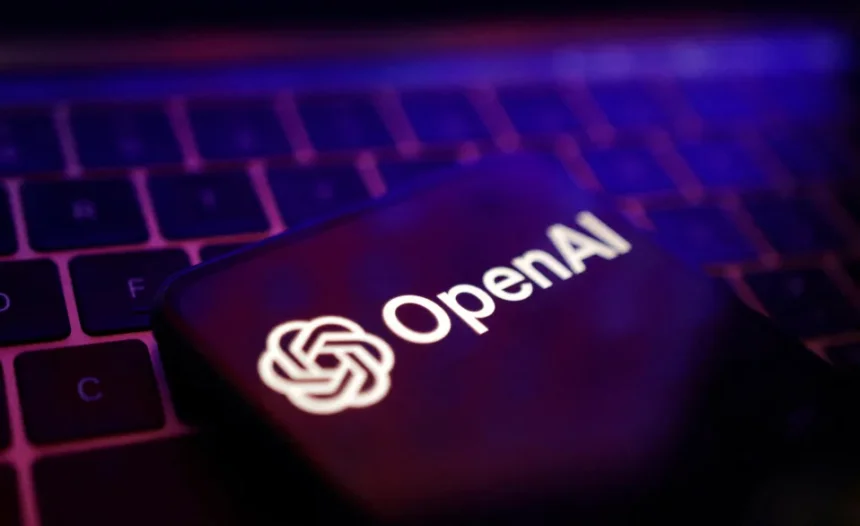The move would strip the company’s non-profit of its oversight role.
After months of speculation, OpenAI has finally revealed its roadmap for becoming a for-profit entity while staying committed to its mission-driven ethos. In a groundbreaking announcement published on its blog, OpenAI’s board of directors disclosed that the organization’s for-profit arm will transform into a Public Benefit Corporation (PBC) by 2025. This move positions OpenAI alongside peers like Anthropic and Elon Musk’s xAI, both of which are already operating as PBCs.
The decision signals a critical turning point for OpenAI, which is striving to balance financial growth with its founding mission to advance artificial intelligence responsibly and equitably. “As we enter 2025, we must evolve beyond being a lab and a startup — we have to become an enduring company,” the announcement states. “This transformation enables us to secure the necessary capital through conventional terms, aligning us with industry standards.”
What is a Public Benefit Corporation?
Public Benefit Corporations, often referred to as B Corps, are for-profit organizations designed to prioritize societal impact alongside financial returns. Unlike traditional corporations that are solely focused on shareholder value, PBCs operate under a dual mandate: delivering profits and addressing broader societal needs. For OpenAI, this structure offers a strategic pathway to attract significant investment while maintaining its commitment to ethical AI development.
The Vision: A Dual-Arm Structure
OpenAI’s plan involves a clear delineation of responsibilities between its for-profit and nonprofit divisions. The for-profit arm will take charge of “operations and business,” ensuring the company’s scalability and financial sustainability. Meanwhile, the nonprofit arm will operate independently with its own leadership team, focusing on philanthropic initiatives in healthcare, education, and scientific research.
As part of this reorganization, OpenAI’s nonprofit entity will retain a stake in the for-profit division through shares valued by independent financial advisors. However, the nonprofit will relinquish direct oversight of the for-profit operations. According to OpenAI, this approach will create “one of the best-resourced nonprofits in history.”
Why Now? The Need for Capital
The timing of this announcement reflects OpenAI’s increasing need for financial resources to remain competitive in the rapidly evolving AI landscape. The company’s ambitious mission to develop artificial general intelligence (AGI) has necessitated significant investment. In 2019, OpenAI projected it would need at least $10 billion to achieve this goal. Fast forward to 2024, and that number has ballooned, as major corporations pour hundreds of billions of dollars into AI research and development.
“The scale of capital required to pursue our mission has far exceeded our initial expectations,” OpenAI said. “Investors are eager to back us, but at this scale, they require conventional equity structures and less bespoke terms.”
In October, OpenAI secured $6 billion in new funding, pushing the valuation of its for-profit arm to a staggering $150 billion. This underscores the growing confidence from investors in OpenAI’s potential but also highlights the financial demands of staying at the forefront of AI innovation.
Leadership and Unanswered Questions
One notable omission in the announcement is whether OpenAI CEO Sam Altman will receive an equity stake in the restructured entity. Altman, who was briefly ousted by OpenAI’s board last year before being reinstated, has played a pivotal role in the company’s rise. His potential involvement in the new structure remains a key question as OpenAI moves forward.
Challenges Ahead
Despite the optimism surrounding this transition, OpenAI is likely to encounter significant hurdles. Its ongoing legal dispute with Elon Musk, a former co-founder, has already generated tension. Additionally, Meta has publicly criticized OpenAI’s plans, urging California’s attorney general to block the transition. In a scathing letter, Meta argued that the move could encourage other startups to adopt a charitable facade until profitability becomes viable, a trend it deemed “wrong” and potentially harmful.
What’s Next?
As OpenAI embarks on this ambitious restructuring, the company is positioning itself to not only secure the capital required to drive innovation but also to solidify its commitment to ethical AI. By adopting the PBC model, OpenAI aims to stand at the intersection of profit and purpose, charting a new course in the AI industry.
While the road ahead is fraught with challenges, OpenAI’s transformation represents a bold step toward ensuring that its groundbreaking work in AI continues to thrive while contributing positively to society. The stakes are high, but for OpenAI, the potential rewards could redefine what it means to be a mission-driven tech giant.










